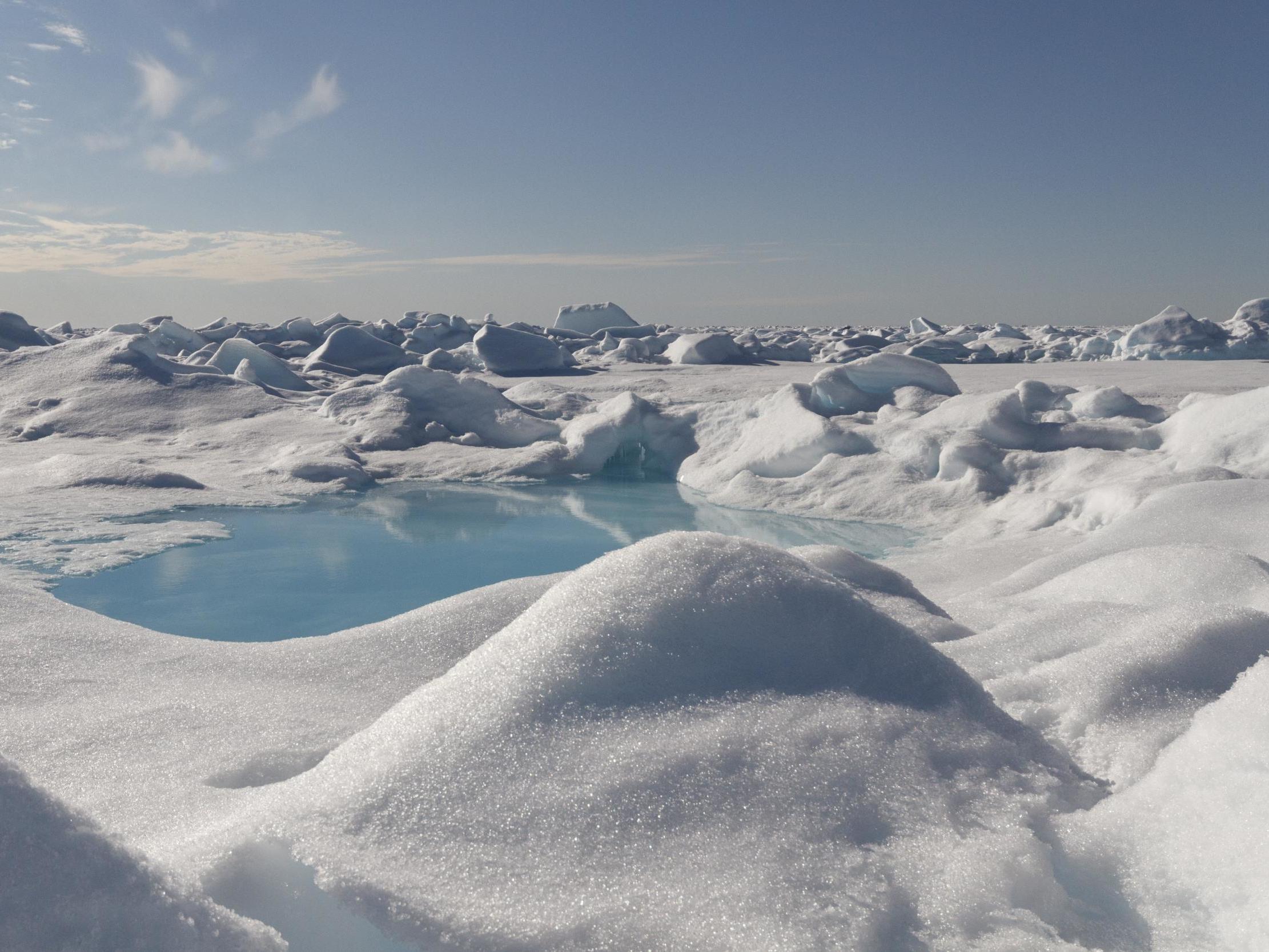Microplastics discovered in Arctic snow
‘Enormous’ amount of pollutant particles also found across Bavarian Alps

Your support helps us to tell the story
From reproductive rights to climate change to Big Tech, The Independent is on the ground when the story is developing. Whether it's investigating the financials of Elon Musk's pro-Trump PAC or producing our latest documentary, 'The A Word', which shines a light on the American women fighting for reproductive rights, we know how important it is to parse out the facts from the messaging.
At such a critical moment in US history, we need reporters on the ground. Your donation allows us to keep sending journalists to speak to both sides of the story.
The Independent is trusted by Americans across the entire political spectrum. And unlike many other quality news outlets, we choose not to lock Americans out of our reporting and analysis with paywalls. We believe quality journalism should be available to everyone, paid for by those who can afford it.
Your support makes all the difference.Tiny plastic particles have been found in vast quantities across the Arctic and the Alps, according to a new study.
The findings indicate that particles are being carried through the air to some of the most remote locations on earth.
Scientists from the Helmholtz Centre for Polar and Marine Research examined snow from various locations, including the Norwegian Arctic archipelago of Svalbard.
The team, made up of German and Swiss scientists, discovered 14,400 particles of plastic per litre in the Svalbard sample.
Researchers believe the microplastics were blown through the air across large distances.
Precipitation then caused the particles to fall to the ground in isolated areas.
Their findings raise the prospect of plastic pollution in the air, as well as across land and sea.
Microplastics are pieces which are smaller than 5mm. They emerge when man-made materials disintegrate.
The scientists found the highest concentration of plastic particles in the Bavarian Alps.
Researchers found 154,000 particles per litre in a snow sample gathered near a rural road in Bavaria.
“While we did expect to find microplastics, the enormous concentrations surprised us,” said Melanie Bergmann, a marine ecologist who co-led the research.
The team’s research indicates that fragments may become airborne in a way similar to dust and pollen.
Martin Wagner, a biologist at the Norwegian University of Science and Technology who wasn’t involved with the study, said the extremely high concentrations could be partly attributed to the methods the researchers used.

The team’s methods allowed them to identify particles as small as 0.011 mm — less than the width of a human hair.
“This is significant because most studies so far looked at much larger microplastics,” he said.
“Based on that, I would conclude that we very much underestimate the actual microplastics level in the environment.”
Previous studies have found microplastics in the air in Paris, Tehran and Dongguan, China.
Ms Bergmann said many of the plastic samples found in the Arctic during previous studies had probably been carried there through the atmosphere.
“Once we’ve determined that large quantities of microplastic can also be transported by the air, it naturally raises the question as to whether and how much plastic we’re inhaling,” she said.
The samples detected in the new study included varnish, rubber found in tyres and materials that could have originated in textiles or packaging.
Ms Bergmann and her team believe airborne distribution should be considered in standard air pollution monitoring schemes.
“We really need to know what effects microplastics have on humans,” the marine ecologist said.
“Especially if inhaled with the air that we breathe.”
The study was published in the journal Science Advances.
Additional reporting by agencies
Join our commenting forum
Join thought-provoking conversations, follow other Independent readers and see their replies
Comments